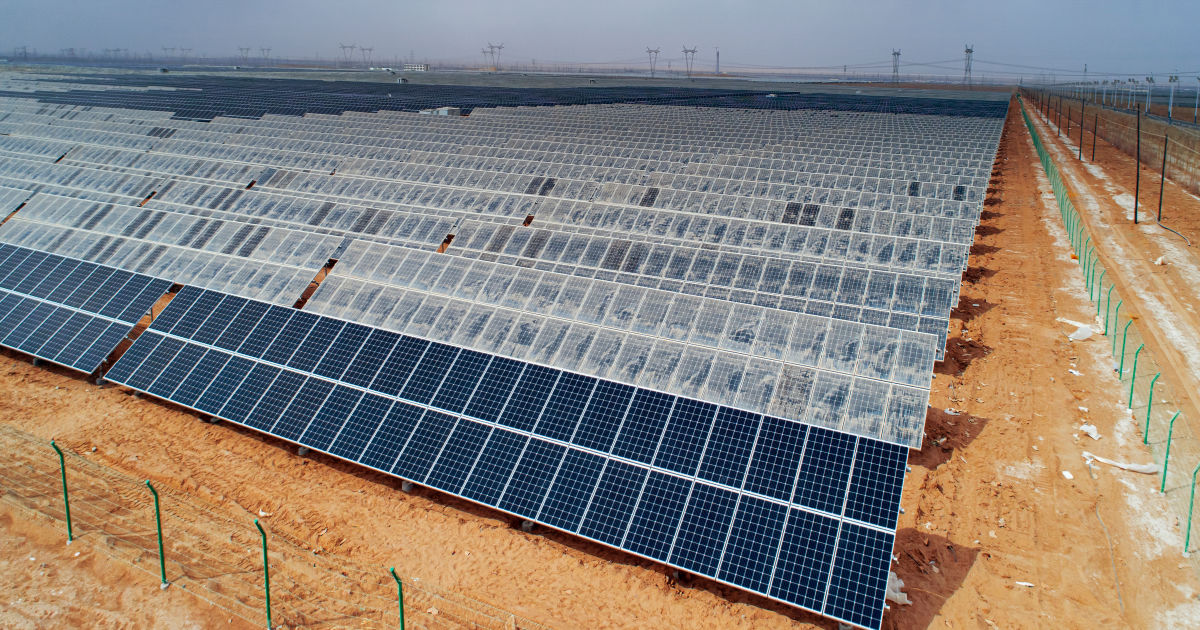
Soiling risk assessment for a 1.4 GW portfolio
Definition of the global strategy against soiling risks for 15 projects across 4 continents and various climatic zones.
CHALLENGE
A leading energy company engaged PVRADAR to evaluate exposure to soiling risks and optimize its cleaning strategy for 15 PV plants in its portfolio around the world. The objective was to distinguish the projects that require the most attention, avoid underperformance and allow an efficient allocation of resources.
The evaluation targeted more than 1.4 GW across different continents and climates, from arid deserts to temperate zones. In addition, some of the plants were found to face unique challenges, such as mining activities and environmental phenomena like fog or sandstorms.
The client asked PVRADAR to investigate 6 different soiling models, validate them against measured data and compare results for every single site.
SOLUTION
PVRADAR's solution comprised three key steps:
- Model Comparison and Validation: Soiling models available in the literature were investigated, and their applicability in different scenarios was defined. In the comparison, the PVRADAR model was found to be the best performing in terms of accuracy. The evaluation provided a comprehensive overview of input parameters, advantages and limitations.
- Soiling Loss Estimation: For each project, the monthly soiling loss factors were determined based on historic conditions of the past 20 years, integrating data on particulate matter, meteorological conditions, local rainfall and the particularities of each site. The insights were consolidated into an accessible dashboard within PVRADAR. The assessment also addressed hard soiling, which refers to the fraction of the dirt that is not removed by rain and accumulates in absence of mechanical cleanings.
- Cleaning Optimization: Following the quantification of soiling losses, PVRADAR assisted the client determine the most cost-effective cleaning approach for each scenario. Using an integrated techno-economic model and the evaluation of multiple technologies and cleaning programs, the optimal outcome was achieved, mitigating financial risks and ensuring asset profitability.
